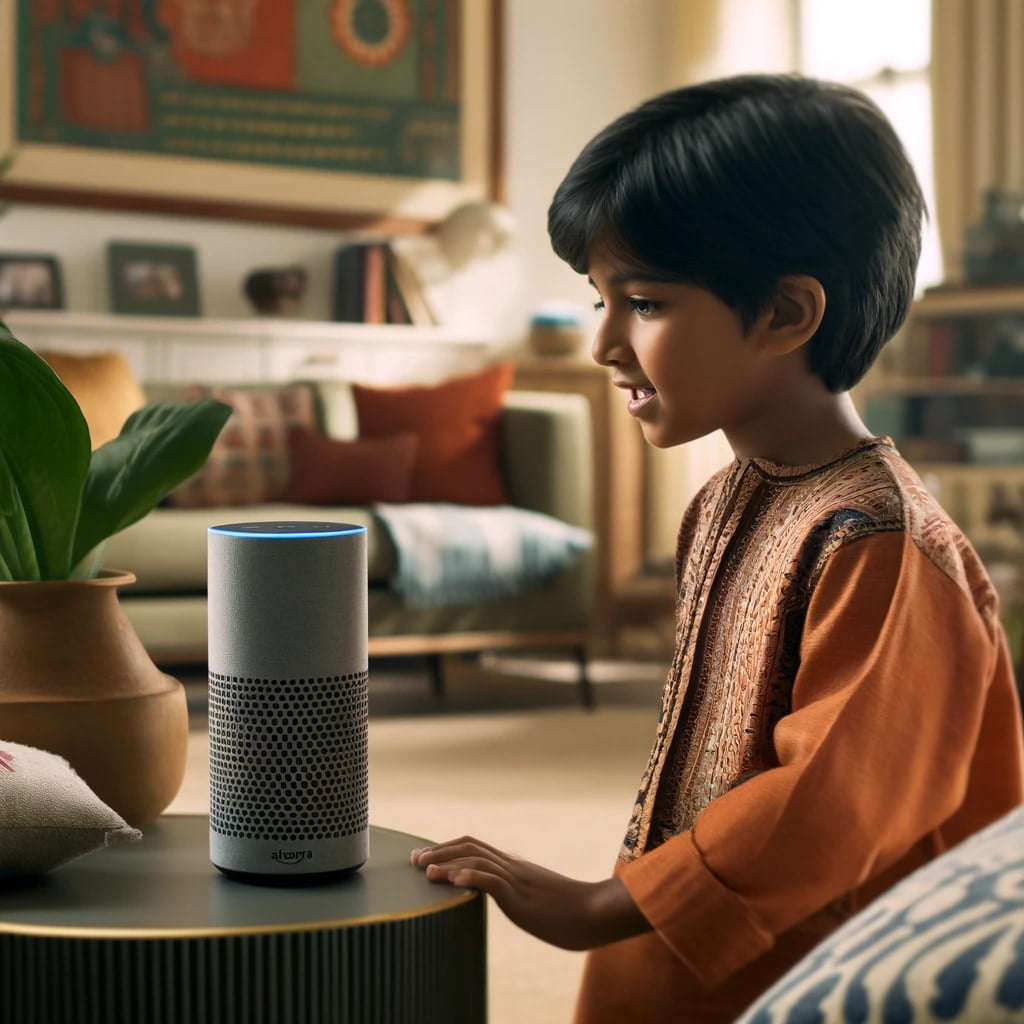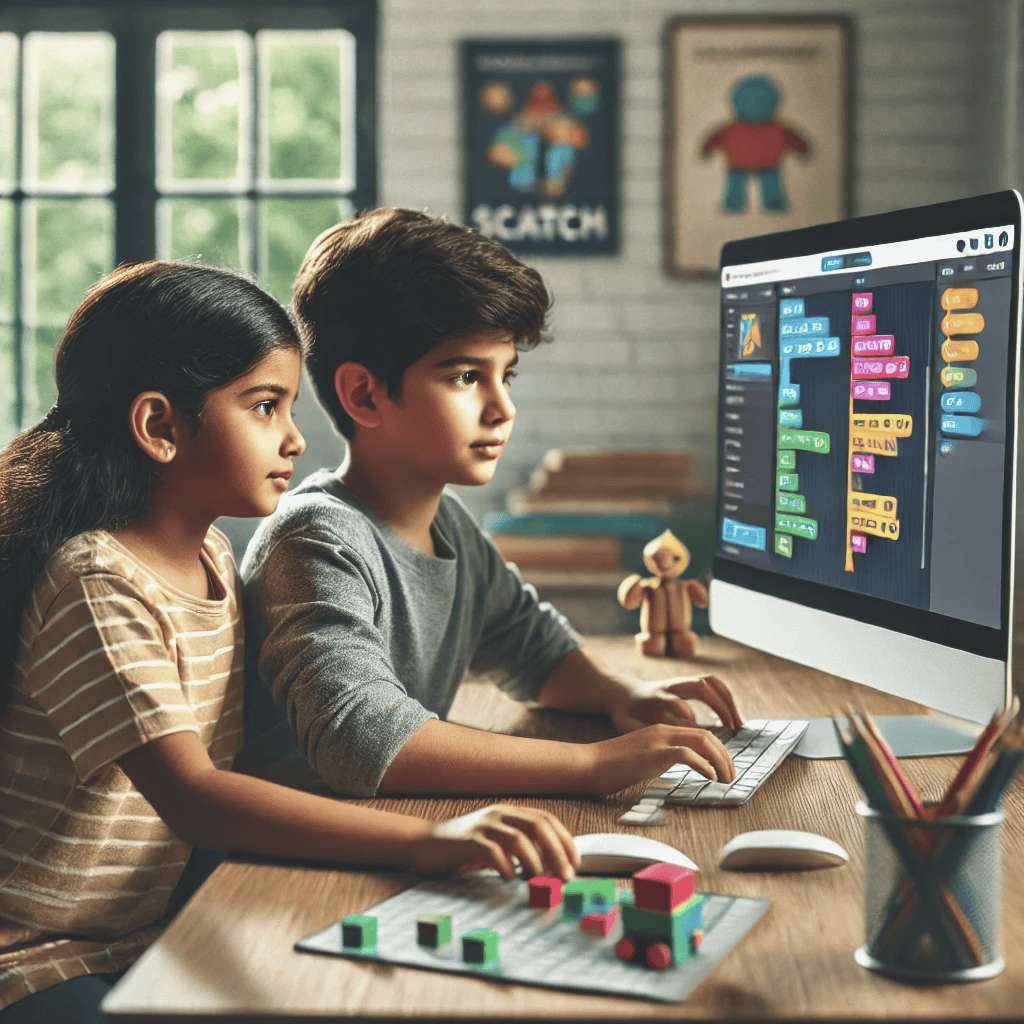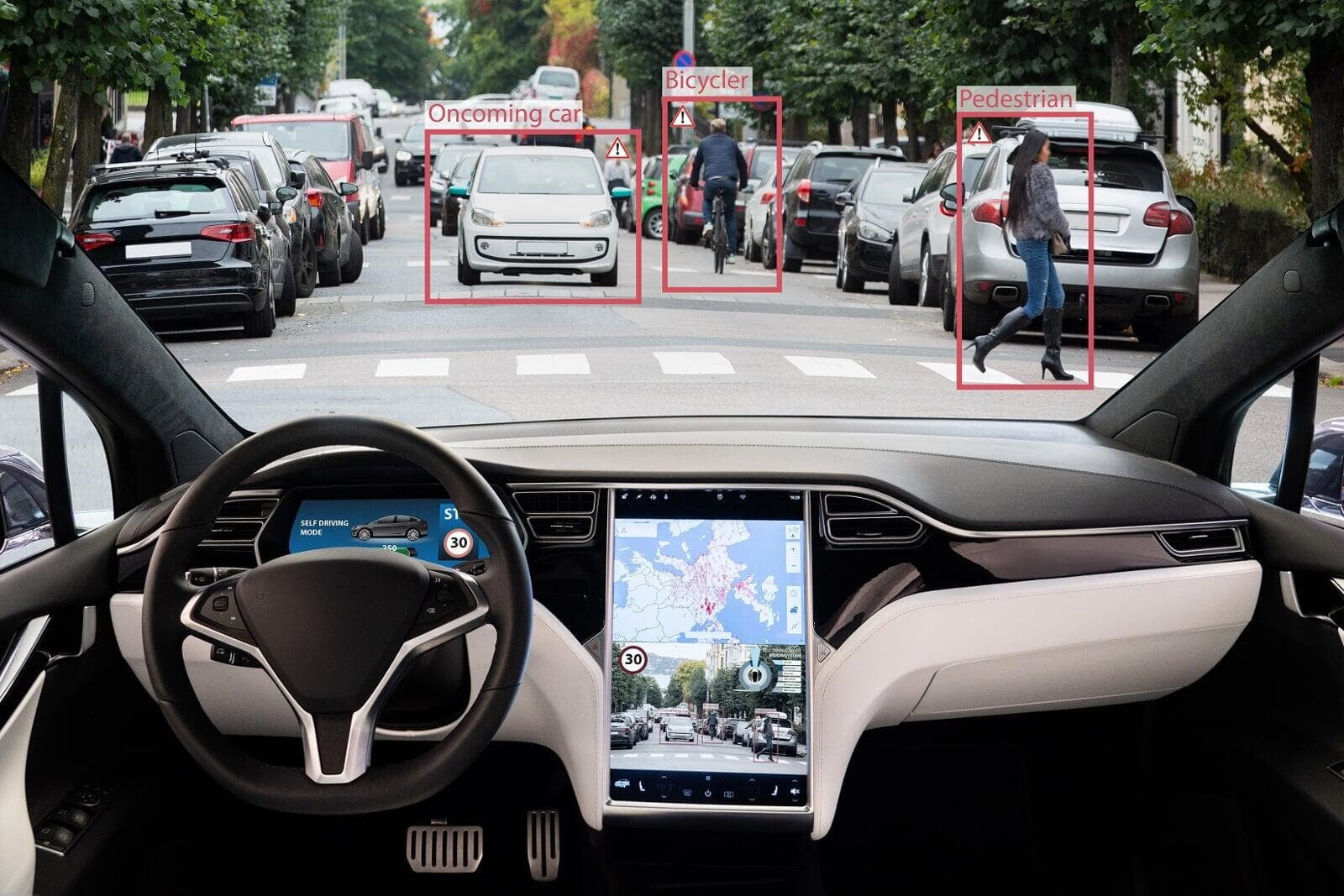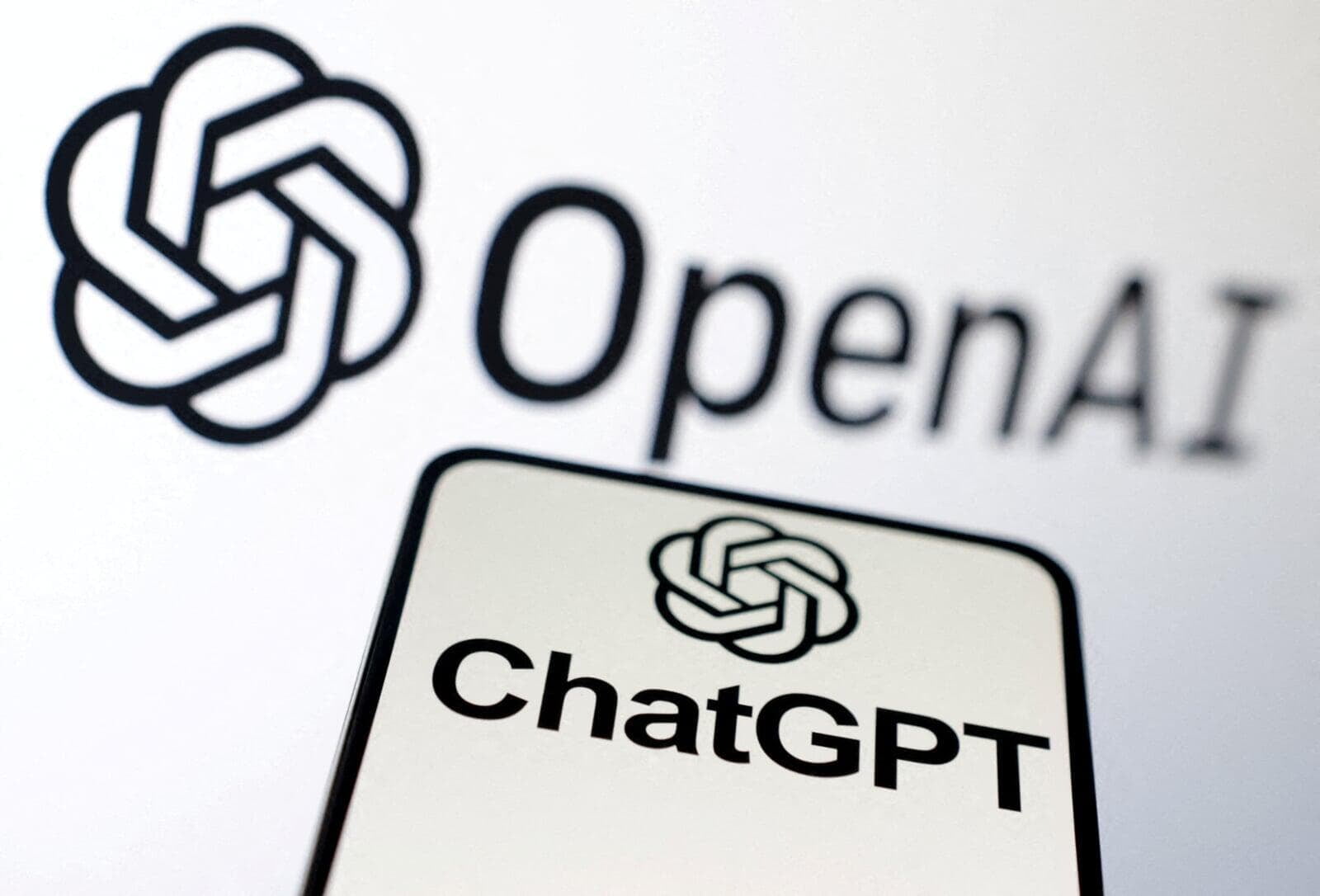In today’s rapidly advancing technological world, AI seems to be everywhere. From voice assistants like Alexa to AI chatbots like ChatGPT and even self-driving cars, AI is transforming industries and reshaping the way we live. As parents, it’s only natural to wonder: with AI becoming more powerful, is it still necessary for children to learn how to code?
At MakersLoft, we believe that teaching kids to code is more essential now than ever, and here’s why.
Empowering Kids with Problem-Solving SkillsCoding isn’t just about writing lines of code into a computer; it’s about learning how to think. For example, when children learn to code, they break down tasks step-by-step—similar to how you’d break down a recipe into individual cooking steps. Even though AI, like ChatGPT or Alexa, can now automate many processes, coding teaches kids how to approach challenges in a structured and logical way.
For parents, your ultimate goal is to help your child grow into an independent thinker, ready to solve problems and face any challenge confidently. Coding provides them with the tools to think critically and logically, no matter the task.
Empowering Kids with Problem-Solving Skills
Coding isn’t just about writing lines of code into a computer; it’s about learning how to think. For example, when children learn to code, they break down tasks step-by-step—similar to how you’d break down a recipe into individual cooking steps. Even though AI, like ChatGPT or Alexa, can now automate many processes, coding teaches kids how to approach challenges in a structured and logical way.
For parents, your ultimate goal is to help your child grow into an independent thinker, ready to solve problems and face any challenge confidently. Coding provides them with the tools to think critically and logically, no matter the task.


Preparing Kids for the FutureWe all use AI in our daily lives, whether it's asking Alexa to play music, using Google Maps for navigation, or interacting with customer service chatbots. However, someone has to create, manage, and refine these systems, and coding is the foundation of all these technologies.
Imagine your child not just using AI but understanding how it works. By learning coding, they’re not only equipped to navigate this AI-driven world but also to shape it.
For example, they might learn how the algorithms behind self-driving cars like Tesla’s autopilot function, or they might be inspired to design an AI-powered app to solve real-world problems. Your child could one day be the creator of the next great AI technology!
For many parents, one of your key aspirations is to give your child the tools they need to succeed in tomorrow’s job market. Whether your child becomes a doctor, entrepreneur, or engineer, understanding how coding works will be as essential as reading and writing.
Preparing Kids for the Future
We all use AI in our daily lives, whether it's asking Alexa to play music, using Google Maps for navigation, or interacting with customer service chatbots. However, someone has to create, manage, and refine these systems, and coding is the foundation of all these technologies.
Imagine your child not just using AI but understanding how it works. By learning coding, they’re not only equipped to navigate this AI-driven world but also to shape it.
For example, they might learn how the algorithms behind self-driving cars like Tesla’s autopilot function, or they might be inspired to design an AI-powered app to solve real-world problems. Your child could one day be the creator of the next great AI technology!
For many parents, one of your key aspirations is to give your child the tools they need to succeed in tomorrow’s job market. Whether your child becomes a doctor, entrepreneur, or engineer, understanding how coding works will be as essential as reading and writing.
Fostering Creativity and InnovationCoding is the modern-day canvas for creativity. Just like kids use building blocks to create different structures, coding allows them to build digital products—from websites to video games and even robots.
In fact, through coding, kids can design their own games, like the ones they play on a tablet, or build smart devices, similar to how AI powers a voice assistant like Siri or Alexa. Coding fosters their imagination, turning their creative ideas into reality.
Parents, you want your child to grow into a confident innovator, and coding provides them with the platform to do so. Even in a world where AI can handle many tasks, human creativity will always set people apart.
Fostering Creativity and Innovation
Coding is the modern-day canvas for creativity. Just like kids use building blocks to create different structures, coding allows them to build digital products—from websites to video games and even robots.
In fact, through coding, kids can design their own games, like the ones they play on a tablet, or build smart devices, similar to how AI powers a voice assistant like Siri or Alexa. Coding fosters their imagination, turning their creative ideas into reality.
Parents, you want your child to grow into a confident innovator, and coding provides them with the platform to do so. Even in a world where AI can handle many tasks, human creativity will always set people apart.


Helping Kids Understand AIAI is no longer a distant concept—most households interact with it daily. You may have experienced the convenience of driverless cars, such as Tesla’s autopilot, or how ChatGPT answers your questions instantly, and you probably rely on voice assistants like Alexa or Siri.
By teaching kids how to code, we help them understand the building blocks behind these technologies. For instance, they can learn how AI uses data and algorithms to make decisions—just like how driverless cars use sensors to detect obstacles or how ChatGPT generates human-like responses.
This understanding not only demystifies AI but also gives kids the confidence to interact with it responsibly. As parents, you want your child to be equipped to question, challenge, and responsibly engage with the technologies they will face every day.
Helping Kids Understand AI
AI is no longer a distant concept—most households interact with it daily. You may have experienced the convenience of driverless cars, such as Tesla’s autopilot, or how ChatGPT answers your questions instantly, and you probably rely on voice assistants like Alexa or Siri.
By teaching kids how to code, we help them understand the building blocks behind these technologies. For instance, they can learn how AI uses data and algorithms to make decisions—just like how driverless cars use sensors to detect obstacles or how ChatGPT generates human-like responses.
This understanding not only demystifies AI but also gives kids the confidence to interact with it responsibly. As parents, you want your child to be equipped to question, challenge, and responsibly engage with the technologies they will face every day.
Building Confidence and ResilienceAs parents, one of your greatest desires is to see your child grow into someone who is resilient and confident. Coding teaches kids how to experiment, make mistakes, and try again. For example, if their code doesn’t work, they learn to debug it—very much like figuring out why a toy stopped working and how to fix it.
This process builds resilience. When they finally succeed—whether they make a robot move or see their game work—it boosts their confidence and shows them the value of persistence and hard work. This is a lesson that will stay with them for life, long after the coding project is complete.
Building Confidence and Resilience
As parents, one of your greatest desires is to see your child grow into someone who is resilient and confident. Coding teaches kids how to experiment, make mistakes, and try again. For example, if their code doesn’t work, they learn to debug it—very much like figuring out why a toy stopped working and how to fix it.
This process builds resilience. When they finally succeed—whether they make a robot move or see their game work—it boosts their confidence and shows them the value of persistence and hard work. This is a lesson that will stay with them for life, long after the coding project is complete.
The MakersLoft Approach: Hands-On LearningAt MakersLoft, we know that parents like you want your child to be prepared for the future, to be creative, confident, and capable of handling any challenge that comes their way. Our coding programs focus on more than just technical skills. We help kids use coding to solve real-world problems and inspire them to innovate.
For example, in our classes, kids might create their own voice-activated AI systems, similar to Alexa, or develop simple apps that solve everyday problems, like a homework reminder app. They don’t just learn to code—they learn to apply coding to everyday life.
The MakersLoft Approach: Hands-On Learning
At MakersLoft, we know that parents like you want your child to be prepared for the future, to be creative, confident, and capable of handling any challenge that comes their way. Our coding programs focus on more than just technical skills. We help kids use coding to solve real-world problems and inspire them to innovate.
For example, in our classes, kids might create their own voice-activated AI systems, similar to Alexa, or develop simple apps that solve everyday problems, like a homework reminder app. They don’t just learn to code—they learn to apply coding to everyday life.
Coding Complements AI, It Doesn’t Replace ItWhile AI is impressive, it will always require human creativity and insight. The AI technologies we use—like Google’s search algorithms, Meta’s AI innovations, or even ChatGPT—are all powered by people who understand coding. By teaching kids to code, we’re not only preparing them for a world driven by AI but also equipping them with the tools to control, improve, and innovate within it.
For parents who want to give their children a future filled with opportunity and possibility, coding is a critical skill. It provides the problem-solving, creativity, and resilience that will help them thrive, not just in the digital age but in any career path they choose.
Coding Complements AI, It Doesn’t Replace It
While AI is impressive, it will always require human creativity and insight. The AI technologies we use—like Google’s search algorithms, Meta’s AI innovations, or even ChatGPT—are all powered by people who understand coding. By teaching kids to code, we’re not only preparing them for a world driven by AI but also equipping them with the tools to control, improve, and innovate within it.
For parents who want to give their children a future filled with opportunity and possibility, coding is a critical skill. It provides the problem-solving, creativity, and resilience that will help them thrive, not just in the digital age but in any career path they choose.
Prepare your child for the future today. Enroll them in MakersLoft’s coding programs, and watch them build the confidence and skills they need to thrive in an AI-powered world!
Scratch Coding programs for ages: 6-11 years
Prepare your child for the future today. Enroll them in MakersLoft’s coding programs, and watch them build the confidence and skills they need to thrive in an AI-powered world!
Scratch Coding programs for ages: 6-11 years
